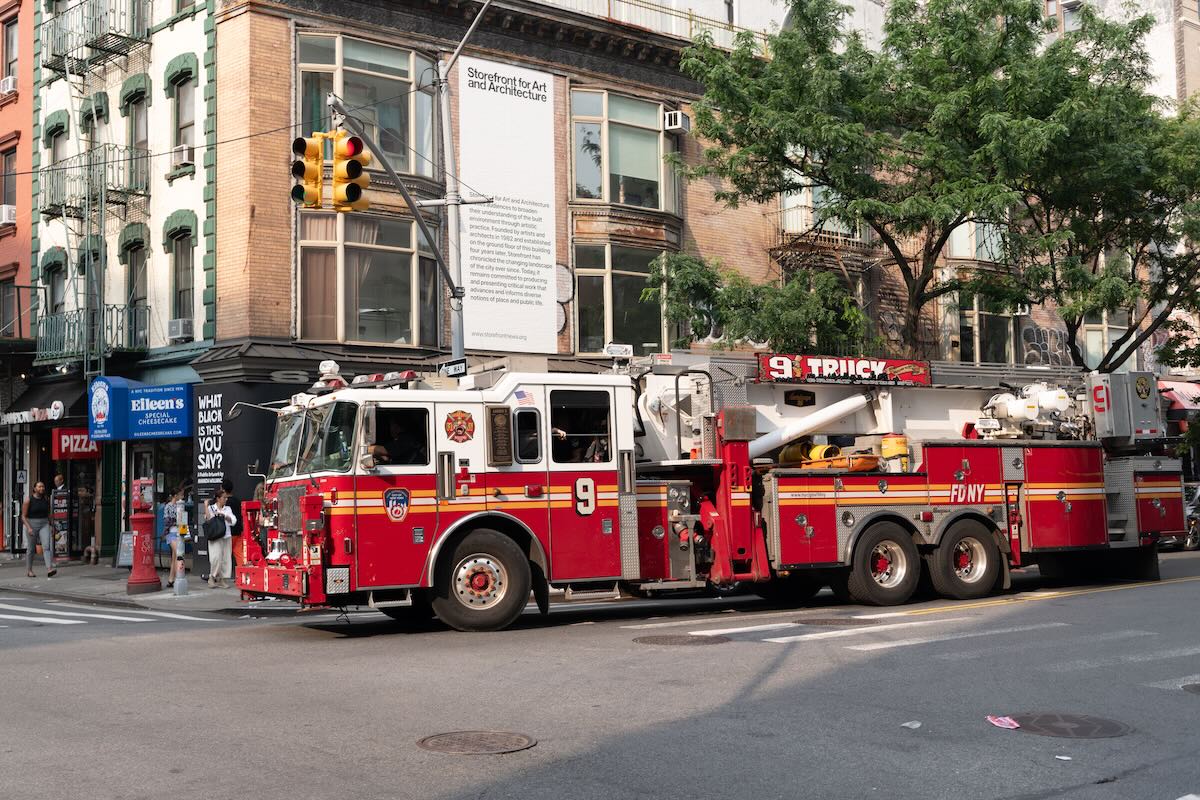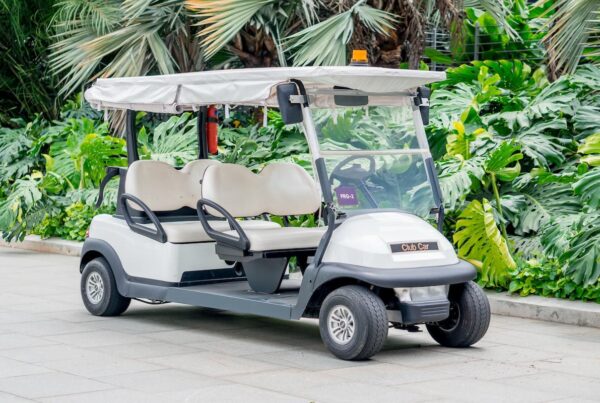Greetings, Fleet Safety Pros Playing to Win,
At NTSI, we specialize in Fleet Driver Training for Specialized Vehicles—from carts to command vehicles. We train people, not just vehicles, but what you drive still matters.
We have worked with a wide range of fleets—from fire departments and law enforcement agencies to utility crews and campus operations. Whether the vehicle is a high-profile truck, a golf cart, or a department-issued SUV, defensive driving is not one-size-fits-all. Training must reflect the vehicle, the environment, and the demands of the job.
🧭 Why Fleet Driver Training for Specialized Vehicles Matters
🚒 Tip #1: High-Profile Vehicle Drivers – Mind Your Center of Gravity
Box trucks, vans, and fire apparatuses carry more weight, more wind resistance, and more rollover risk. When it comes to Fleet Driver Training for Specialized Vehicles, high-profile units like box trucks and fire apparatuses require a different set of driving habits—slowing earlier, widening turns, and allowing greater following distance, especially in windy or wet conditions. Even seasoned drivers can misjudge clearance or stability when road conditions shift. A quick delivery is not worth a dangerous shortcut.
🛺 Tip #2: Golf Cart & Utility Vehicle Operators – Low Speed ≠ Low Risk
Just because it tops out at 25 mph does not mean it is harmless. These vehicles often operate in high-foot-traffic areas like campuses, medical centers, or distribution yards—where golf cart and utility vehicle safety training is essential. Emphasize pedestrian awareness, safe cornering, brake control, and distraction-free driving. And yes, seat belts—if your vehicle has them, wear them. Low speed does not mean low stakes.
🚓 Tip #3: Law Enforcement & First Responders – Anticipate More Than React
Police defensive driving requires next-level situational awareness. It is not just about getting there—it is about staying alert to erratic drivers, unpredictable pedestrians, and your own physiological stress responses. High-speed decisions require calm minds and constant scanning.
As one of our Principal Instructors—a retired officer with decades in the field—often says, “You do not rise to the occasion; you fall back on your training. That is why we train to think ahead, not just react.” Her approach is rooted in real-world experience and a deep commitment to SAFER driving for all responders.
🚛 Tip #4: Commercial Fleet Drivers – Don’t Overlook the Mid-Size Vehicle
From sprinter vans to light-duty trucks, commercial vehicles are often treated like cars—but they are not. We work with several companies involved in large-scale shipping and delivery, and across the board, the same issues surface: wider blind spots, longer stopping distances, and frequent backing hazards. Backing collisions account for nearly 25% of fleet incidents—walk the vehicle if visibility is limited. Learn more about our approach to commercial driver safety training.
🔥 Tip #5: Fire Department & Emergency Fleets – Practice, Even When You Know the Route
Many fire agencies assume driver safety is covered once a firefighter earns a CDL—but navigating a fire truck in real-world scenarios demands refresher training. Routes change, construction happens, and stress impacts reaction time. At NTSI, three of our seasoned Fleet Instructors are retired firefighters, and they will be the first to tell you: the driving does not get easier once you are in the seat—it gets more complex. A strong fire department driver training program includes route reviews, cone drills, and simulation when possible. Fleet Driver Training for Specialized Vehicles is a proven way to reduce risk, protect lives, and ensure mission success—whether you’re operating a fire truck or a utility cart.
Need a refresher on the value of tailoring training to your fleet type?
Check out a past Tuesday Tip on Golf Cart & Utility Vehicle Safety—or reach out and we can talk custom curriculum.
Until next week—stay aware, stay prepared, stay SAFER.





